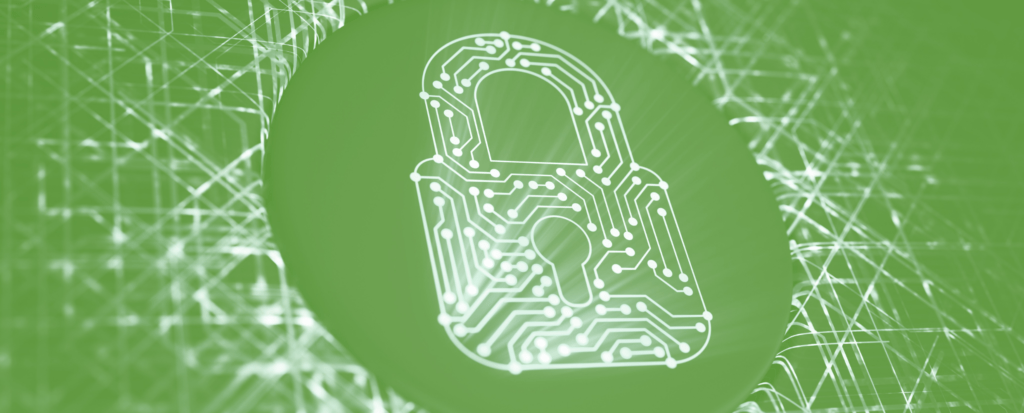NIST Expands Cyber Security Framework with Addition of Positioning, Navigation, and Timing (PNT) Profiles

In line with a continued effort to help widespread adoption of the National Institute of Standards and Technology’s “Cyber Security Framework” (CSF), NIST has put out definitive cybersecurity guidance relation to positioning, navigation, and timing services (PNT).
Noted in the press release it states “Formally titled Foundational PNT Profile: Applying the Cybersecurity Framework for the Responsible Use of Positioning, Navigation and Timing (PNT) Services (NISTIR 8323), is part of NIST’s response to the Feb. 12, 2020, Executive Order 13905, Strengthening National Resilience Through Responsible Use of Positioning, Navigation, and Timing Services.”
Importantly, the new publication expands on NIST’s use of “profiles”, which can be described as scenarios where the CSF framework is applied to issues present in positioning, navigation, and timing services.
It goes on to read “These services [PNT] are important to national and economic security and include the Global Positioning Systems that are widely used by smartphone-based navigation apps, as well as split-second timing technologies that enable stock trading and efficient control of the power grid.”
PNT is the process within the transportation industry of combining the mutual distinct but cohesive capabilities between positioning, navigation and timing in regards to transportation.
To explore the profiles, NIST released the addition of the PNT Profile: Quick Guide, which is well laid out and breaks down the profile into 5 high level areas.
- Identify
- Protect
- Detect
- Respond
- Recover
Below is a summary of each provided by the U.S. Department of Transportation.
“PNT is a combination of three distinct, constituent capabilities:
Positioning, the ability to accurately and precisely determine one’s location and orientation two-dimensionally (or three-dimensionally when required) referenced to a standard geodetic system (such as World Geodetic System 1984, or WGS84);
Navigation, the ability to determine current and desired position (relative or absolute) and apply corrections to course, orientation, and speed to attain a desired position anywhere around the world, from sub-surface to surface and from surface to space; and
Timing, the ability to acquire and maintain accurate and precise time from a standard (Coordinated Universal Time, or UTC), anywhere in the world and within user-defined timeliness parameters. Timing also includes time transfer.”
“NIST Finalizes Cybersecurity Guidance for Positioning, Navigation and Timing Systems.” NIST, NIST, 11 Feb. 2021, www.nist.gov/news-events/news/2021/02/nist-finalizes-cybersecurity-guidance-positioning-navigation-and-timing